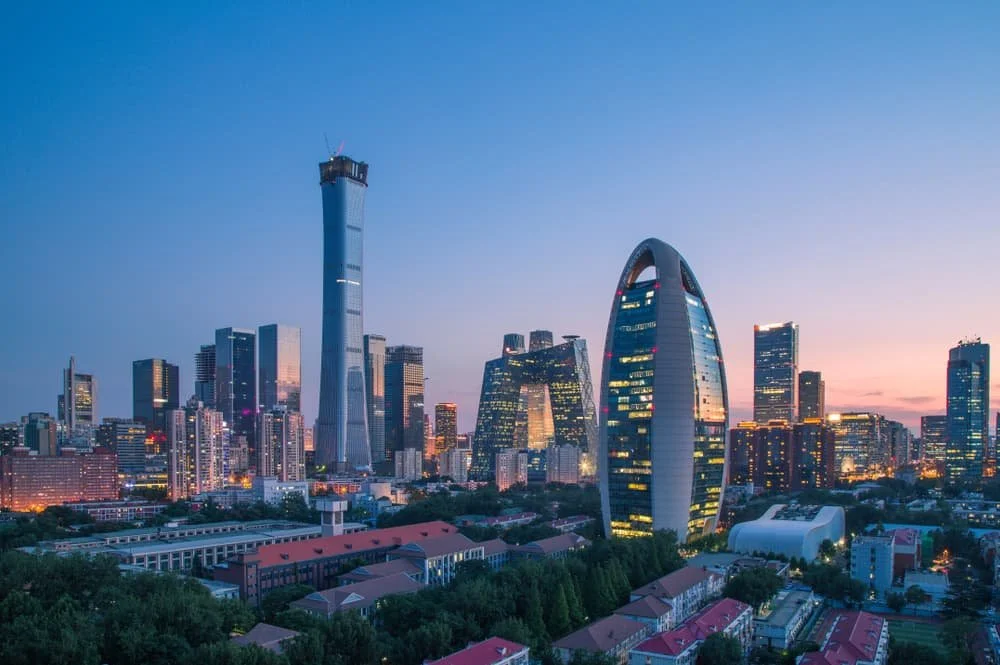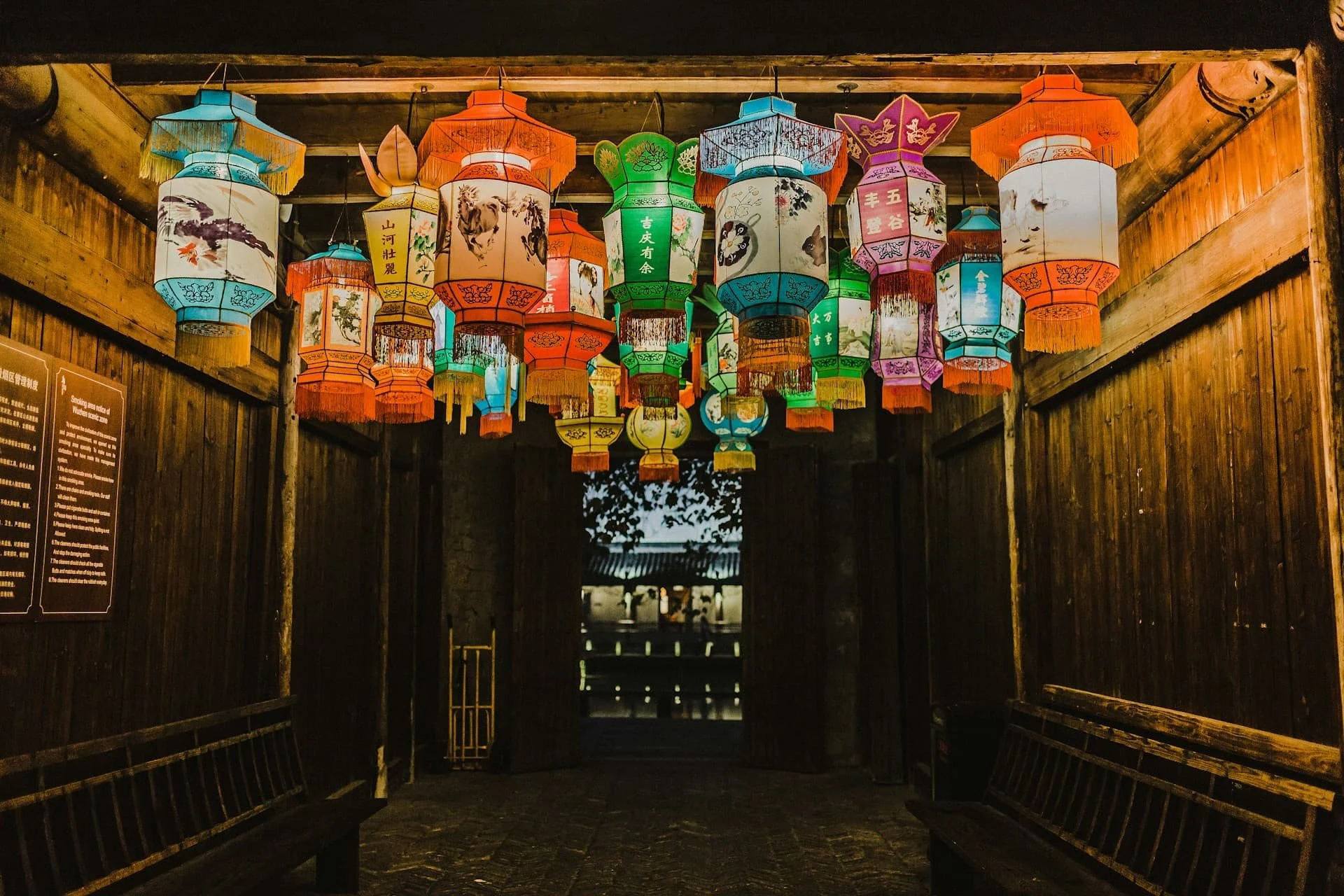Here Are Porto's Best Azulejos Spots
Where to see Portugal’s famous decorative blue tiles in Porto
Porto wears its stories in glazed earthenware. Walk a few blocks in the centre and the streets unfold in blue and white, from grand historical panels to small devotional scenes above doorways. This guide focuses on places that never disappoint, with timing that helps the tiles shine, easy food stops close by, and a simple route that strings everything together without backtracking.
It also folds in practical notes on light, access and crowd patterns so you can linger where it matters and breeze past the bottlenecks.
São Bento Railway Station
Step into the heart of the city at São Bento Railway Station. The vast vestibule is wrapped in narrative panels that sweep across the walls, with a colourful frieze running along the top. Many visitors circle left to right, yet starting at the rear corner near the ticket windows lets you take in the rural scenes first before moving to the big historical episodes.
The station opens early and the first hour is the calmest, which makes it easier to work your way around the room and read the scenes without the commuter rush. Late afternoon brings warm light that skims the tiles through the glass canopy and lifts the contrast in photos. Stand near the central ticket desk and look back toward the main doors for a wide view that takes in both the blue‑and‑white panels and the yellow train clocks.
Tripods are not welcome and security is alert to anything that blocks flow, so keep gear compact. For lunch nearby, the local favourite Tapabento sits a few steps away and rewards a booking, especially if you plan to pair a meal with a mid‑day Douro train.
Igreja de Santo Ildefonso
From the station, wander uphill to Igreja de Santo Ildefonso, a Baroque church facing Praça da Batalha. The façade is dressed in thousands of tiles and feels especially even in late morning when the sun clears the rooftops. Early birds get crisp light on the steps and a calmer square, while late afternoon produces stronger contrast that works beautifully in black and white.
Cross to the far side of the square and frame the front with the tram wires running across the top of your shot. If you plan to step inside, check the parish page for service times and keep voices low during mass. The small side streets behind the church give quiet angles if the main steps are busy, and the cafés on the square are handy for a quick espresso between frames.
Igreja do Carmo
Cross town toward the twin churches near the university and linger at the side wall of Igreja do Carmo. The outdoor panel stretches almost the length of the block and glows in late afternoon when the square settles and the tiles pick up warm light.
Morning is gentler if you want a clean, shadow‑free façade. Step inside for a look at the gilded woodwork, then take a minute to notice the slender narrow house tucked between Carmo and the neighbouring Carmelitas church, a quirky detail that locals love to point out.
For a pause after, the small urban garden at BASE Porto sits under olive trees where you can nurse a drink and watch the tower of Clérigos rise above the rooftops. If you plan to visit the famous bookshop nearby, prebooked entries keep the queue short and pair neatly with this stop.
Porto Cathedral Cloister
For a quieter mood, make time for the cloister at the hilltop cathedral. The entrance to the complex at Sé do Porto offers a combined ticket for the church, the museum and the Gothic cloister. The lower level wraps you in blue panels that feel almost cinematic as light pools across the stone floor.
Plan at least thirty minutes if you enjoy reading the panels as a narrative rather than treating them as a backdrop. Climb to the upper terrace for extra angles over the tilework and views across the riverside, then step out to the terrace edge to catch the bridge and the rooftops as the light drops toward evening. The upper level involves stairs while the ground‑floor arcade is the easier option if steps are a concern.
Capela das Almas
Continue along Rua de Santa Catarina and the city’s most photographed tile church appears on the corner. The Capela das Almas is clad on every side, which means you can always find a good angle regardless of the light. Early morning brings soft reflections off the shopfronts and the glass awnings. Step a few metres down Rua de Fernandes Tomás to line up the long side elevation without crowds drifting into the frame.
When a break calls, drift two blocks to Café Majestic for a pastel de nata under crystal chandeliers. If something simpler sounds better, the renewed Mercado do Bolhão is close enough for a quick browse, and the neighbouring Confeitaria do Bolhão turns out old‑school bakes that travel well. Keep an eye on pockets along this busy street and avoid stopping in the tram lane when lining up a shot.
Casa da Música Tile Room
When the weather turns or a contemporary twist sounds appealing, book a guided visit at Casa da Música. Tours lead into a VIP room lined with tile panels that nod to both Portuguese and Dutch traditions, a smart detour that shows how a centuries‑old craft can feel completely modern.
Mid‑afternoon slots are often quieter and the indoor route makes a good hedge against rain. The venue explains the concept and makes it easy to choose a time that fits the day on the VIP Room page. The metro stop with the same name sits a short walk away if you prefer to avoid hills.
Church of Santo António dos Congregados
Right by the station, the compact Church of Santo António dos Congregados is an easy extra stop that fits between trains. The façade reads cleanly from the edge of Praça Almeida Garrett and the interior holds painted ceilings that reward a short visit. Golden hour makes the blue façade glow against the sandstone buildings around it, which is a simple way to close a day of tile hunting without straying far from dinner.
Extra Tile Moments Around Town
The big names are only part of the story. As you move between stops, keep an eye on the residential blocks along Rua das Flores and Rua de Mouzinho da Silveira, where entire façades wear repeating geometric patterns in blues, greens and mustard.
Miragaia and the riverfront hide small oratories framed with painted tiles at street level, which makes a slow wander rewarding even without a destination. Many street signs are enamel tiles set into the walls. They make friendly markers for a walking photo set and help with orientation in the warren of lanes.
Two Easy Itineraries
A simple one‑day loop ties the city together without rushing. Begin at São Bento Railway Station and let the vestibule wake up around you. Walk up to Santo Ildefonso while the light is even. Continue down Santa Catarina for Capela das Almas and a coffee stop at Café Majestic, or a quick lap of Bolhão if a market sounds better than a café.
After lunch, cross to Carmo for that long wall in its best light, then climb to the cathedral terrace and finish among the cloister panels with the river beyond. If rain blows in, swap the final stop for a Casa da Música tour and ride the metro back to the centre when the visit ends.
For a slower two‑day plan, split the route. Spend the first morning at São Bento and Congregados before drifting through Rua das Flores to the river. Save Capela das Almas and Bolhão for early the next day when the market bustles without the afternoon crush. Leave Carmo and the cathedral for late light and sunset views, then close with a relaxed drink in the garden at BASE.
















